As we have reached one of our target waypoints, science is being done around the clock. There are seismology, geology and oceanography teams on board. Each of the teams has members of specific disciplines. I hope I can cover them all....
Getting to the bottom of things.
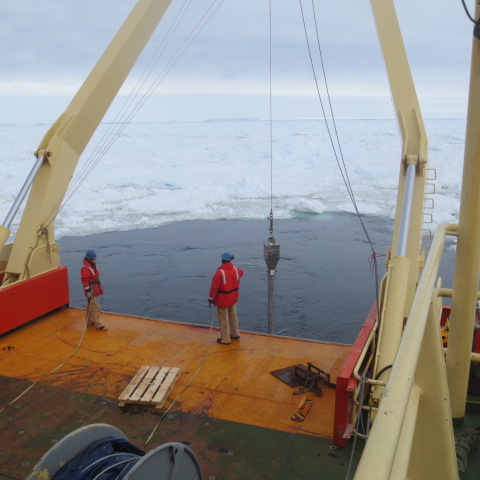
We have recently completed a series of deployments working to recover sediment and till from the bottom of the ocean.The goal of the core sampling is to collect vital data from key areas of geologic history. One of these is the Eocene/Oligocene boundary. This boundary is significant as it can give us historical information of previous times of warming and cooling. These findings can then be compared to today's data.
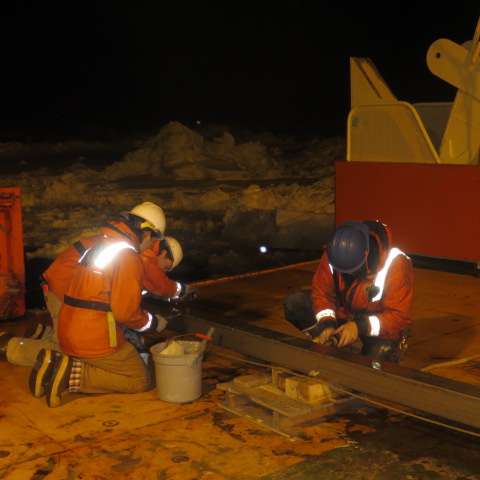
Once the core material is extracted the arduous steps to process it begins. As with all good science it is done with precise accuracy. A specific protocol is followed. No errors can occur. This avoids any contamination and inaccurate data. As we are in uncharted waters and the cost of daily operations is significant, it becomes even more vital. We can't just come back next week and do another sample.
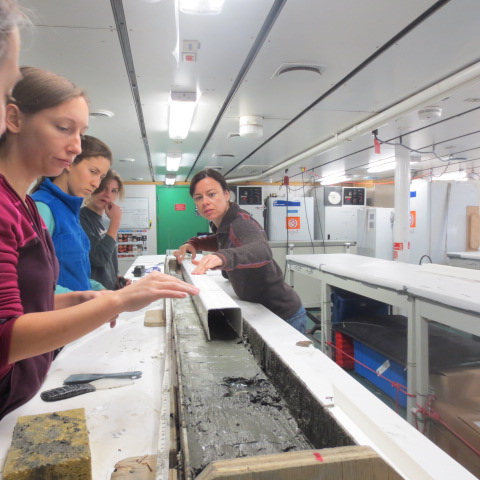
The sediment and till are tested for a number of factors. These include DNA, Organic properties, diatoms and a number of other physical properties. Each layer is meticulously catalogued described and photographed. In addition each core sample is then processed for future study. Samples will be x-rayed in Korea, and other properties will be sent to various institutions around the country for analysis. A complete core sample is also processed for later shipment to Tallahassee, Florida. There it will be archived at the U.S Antarctic Programs' core repository.
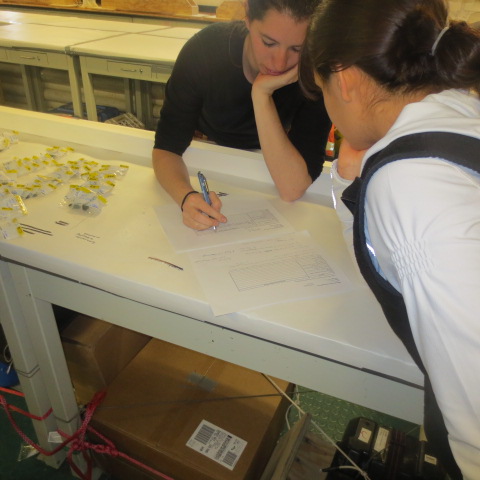
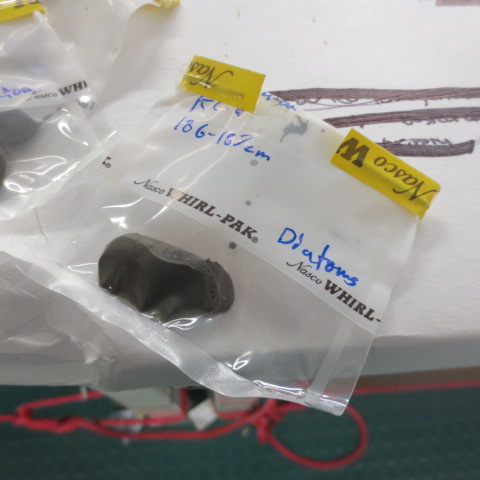
I was honored to help out. The entire process from deployment to storage is hard work. Each team must communicate clearly and be able to do all of the many steps. The movement of the ship, the sound of the ice on the hull of the ship just makes it that more interesting. This is real science in a region that no one else has been. Pretty cool. I hope that you enjoy science because there is a lot to follow. See you tomorrow.


Comments